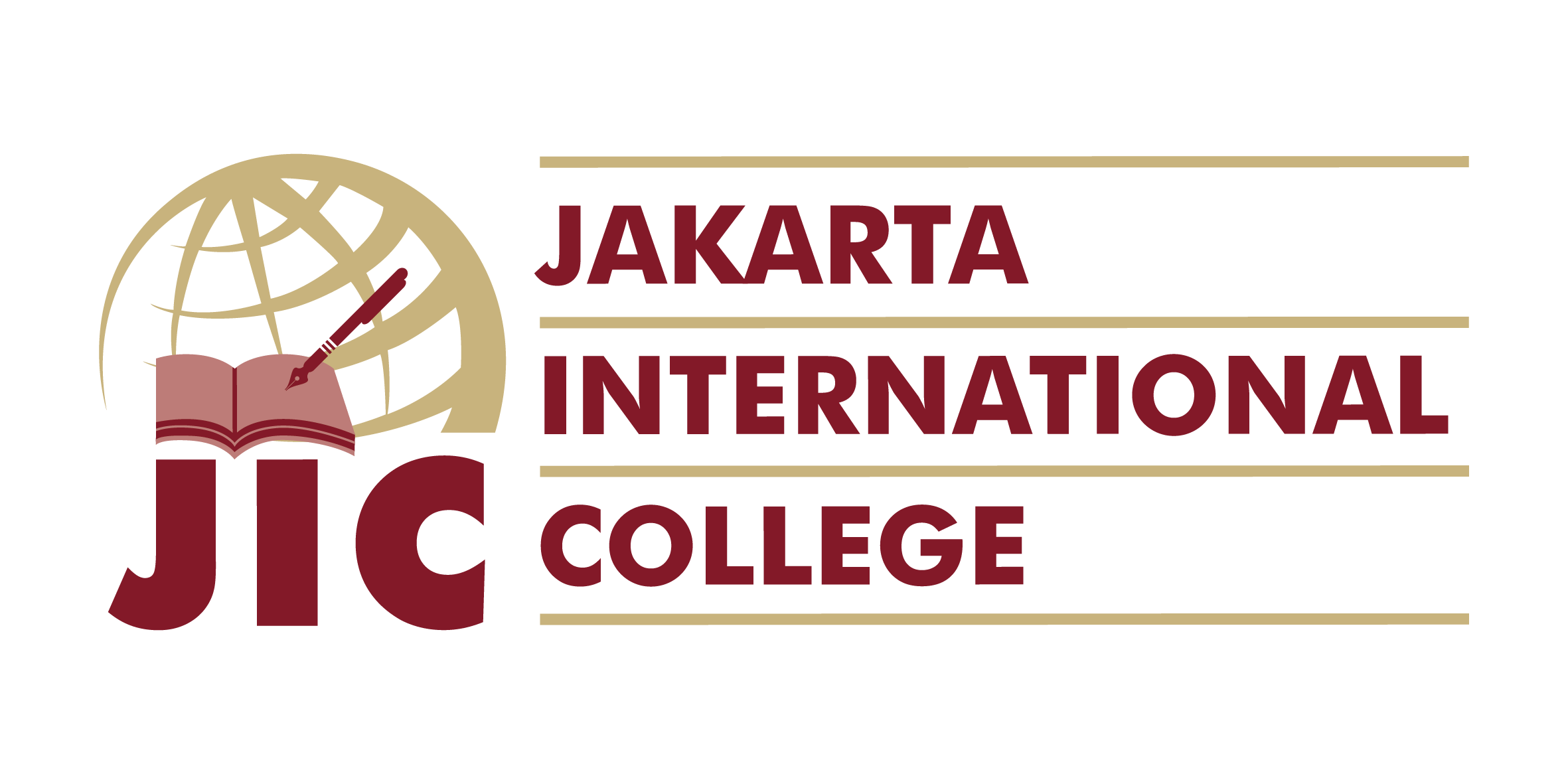Diploma of IT Subject Units
Diploma of IT - Part 1
Description
Today’s engineers rely heavily on the use of computers. To solve problems of practical significance, you need to apply scientific and technical knowledge, common sense, and experience. This unit will provide you with an understanding of basic computer software and programming concepts, and how it is used within the engineering environment. You will learn how to effectively communicate technical information using modern document editing, spreadsheet and presentation applications, and execute professional oral presentations to share your findings. Further, you will develop skills to solve real-world problems using microcontrollers with a programming language.
Prerequisites
Nil
Learning Outcomes
On completion of this unit, students should be able to:
1. Use the formatting features of a word processor.
2. Use utilities and advanced features provided with a word processor.
3. Create professional technical reports using word processors.
4. Demonstrate competency in academic writing and referencing.
5. Create and format a spreadsheet.
6. Use formulas to perform calculations in a spreadsheet.
7. Use graphics in a spreadsheet to aid data analysis and visualisation.
8. Designing professional presentation slides, incorporating text and graphics.
9. Communicate technical content in effective oral presentations.
10. Construct and test simple microcontroller programs.
11. Apply programming concepts and debug programs.
12. Use prototyping theory to create technical drawings and 3D designed models optimised for 3D printing.
13. Recognise the importance of good practices in programming.
14. Decompose problems into simpler problems.
15. Implement problem solving strategies and understand how real-word problems can be addressed by the digital world
16. Work collaboratively within group project settings.
| Assessment Task | Weight |
| A1: Test 1 | 10% |
| A2: Assignment 1 | 20% |
| A3: Assignment 1 Oral Presentation | 5% |
| A4: Assignment 2 Project | 28% |
| A5: Assignment 2 Presentation | 7% |
| A6: Lab Participation | 10% |
| A7: Weekly Quizzes | 10% |
| A8: Final Exam | 10% |
